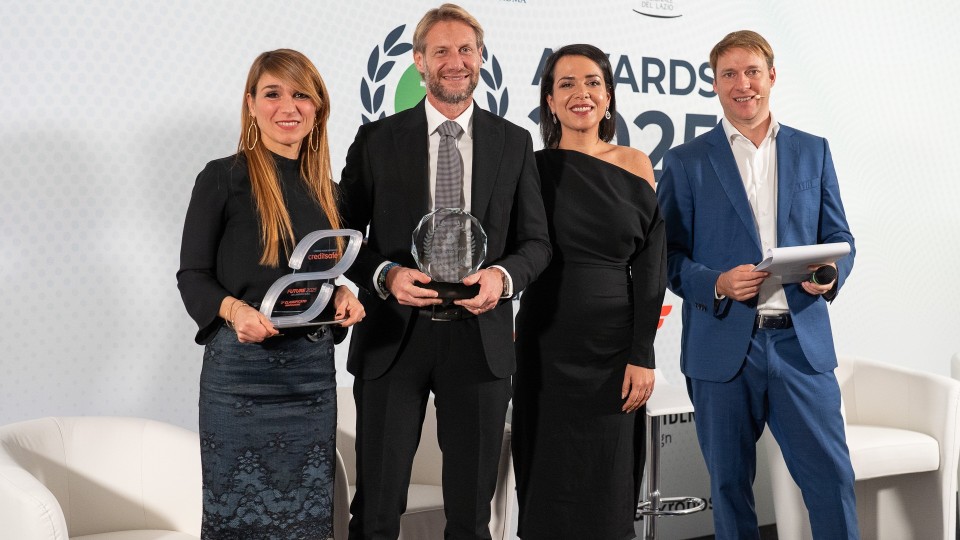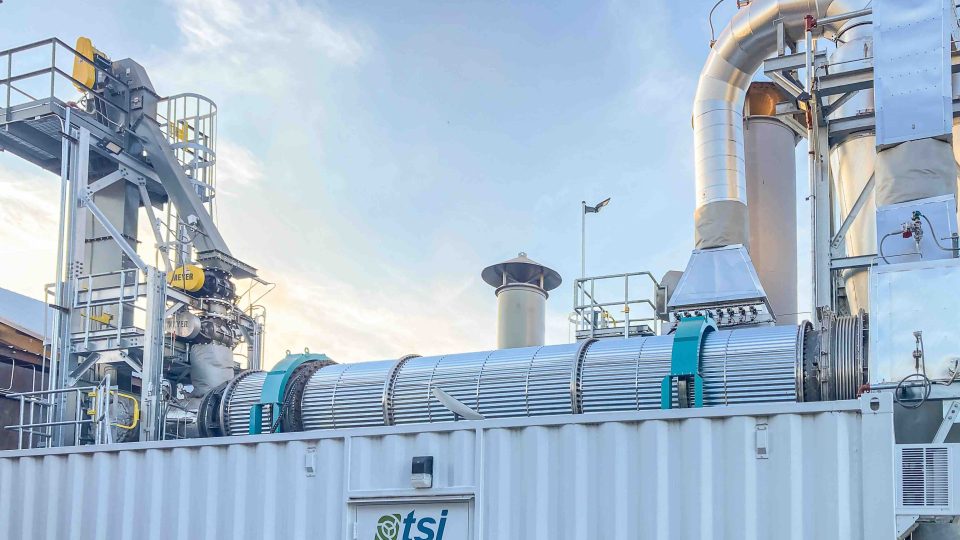Interact Analysis: Electrification of the commercial vehicle sector in China
Electrification of the commercial vehicle sector has lagged behind that of passenger vehicles in China. Shirly Zhu, Principal Analyst at Interact Analysis, tries to find out why this is the case, and how commercial vehicles are catching up.

China is a world leader for vehicle electrification. In December 2021 Bloomberg predicted “another explosive 12 months” for clean passenger cars in China, with 2022 sales set to be double 2020 sales. And with sales predicted to continue to increase to 20 million units by 2030, despite an end in government subsidies. But Bloomberg only looked at passenger cars. How does the alternative energy market in the commercial vehicle sector compare?
It all comes down to customer motivations
In 2009 the Chinese government launched a campaign to promote new energy vehicles with its “10 cities, 1,000 vehicles” program. This was aimed at promoting clean commercial vehicles in sectors such as public transportation and postal services. The expectation of the Chinese government was that commercial vehicles would lead the way in electrification. But the reality was very different.
From 2009 onwards, we saw the emergence of a strong new energy passenger car market, backed by government subsidies and incentives, with 2021 sales hitting a record high of 3.9 million. This represented a penetration rate of 18.3% compared to a commercial vehicle penetration rate of only 3.5%. So, why did the new energy passenger vehicle market take off, and the commercial vehicle sector lag behind? There is a two part answer to this question.
Firstly, it’s the difference in the motivations of those making purchasing decisions. Passenger vehicles are consumer goods bought by individuals. Commercial vehicles are bought by businesses. For people buying cars, inducements such as price subsidies and tax breaks at the time of purchase, are important. For users of commercial vehicles, it’s the total cost of ownership that counts. It’s not only a question of the vehicle price. Other factors come into play such as repair costs, operating costs and efficiency, downtime costs (i.e. when charging), service life and residual value (the price the vehicle commands when it’s time to sell it on).
Secondly, it is a question of the application scenarios in which commercial vehicles operate. These are highly varied, and can include anything from urban logistics to long-distance transportation to public transport. Because only some commercial vehicle applications are currently suitable for electrification, we’ve seen much lower overall penetration of the commercial sector as a whole. For example, in contrast to the low overall penetration rate, we’ve seen significant electrification of city bus fleets and short-range delivery vans in China as their limited required ranges have made them great electrification candidates.
Don’t give up on commercial vehicle electrification
Commercial vehicle electrification will continue to proceed in this sector-by-sector manner as the technology changes what is possible. That’s because there are clearly still major obstacles to the electrification of longer distance and heavier commercial vehicles – insufficient battery power density and charging infrastructure, for example. And let’s not forget economies of scale. Whilst there may be millions of electric cars on the roads, driving down production costs, the same cannot be said for most electric commercial vehicles.
But all categories of commercial vehicles will catch up as technology and infrastructure develop. High density solid-state batteries could be the next thing to power longer range heavy vehicles, or fuel cell technology could step up to the plate. Fast charging and battery swapping may also offer solutions. And there’s no reason why we shouldn’t soon see significant electrification of heavy vehicles in specific short-range scenarios such as ports and mines.
One thing’s for certain. The commercial sector has its part to play as China strives to achieve carbon neutrality. It is responsible for a disproportionate amount of carbon emissions, and so action will be taken to clean it up. Even if massive government support is required to do so.







